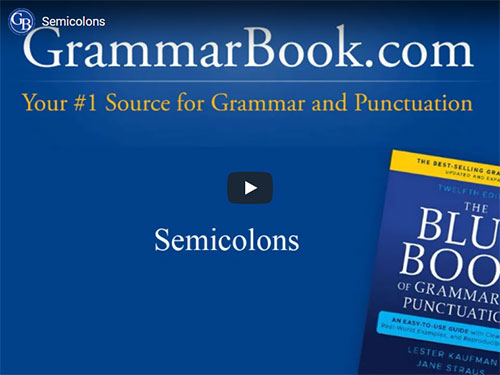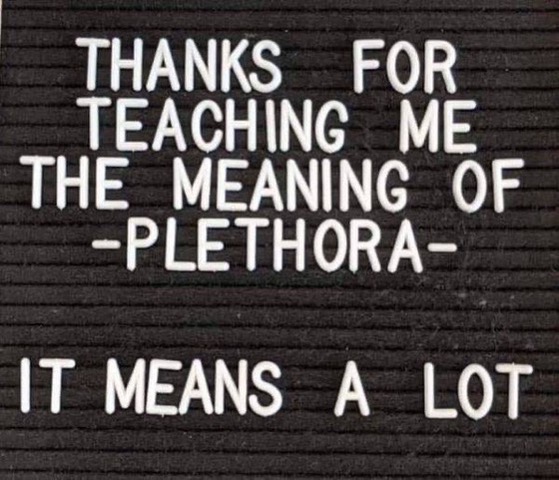|
We live in an age of constant communication through multiple channels. Written correspondence can be as full of effort and care as a handwritten letter or as abridged and impulsive as a tweet or a text.
We also exist in a time when the line between professional vs. personal and formal vs. informal addressing of someone can blur. Current conversation channels have often changed how we write, but we are still human, and we appreciate being approached in the correct context of a relationship.
In written communication that identifies people in a dialogue, the salutation is the top line in which we greet or address the person to whom we're writing. The closing is the short line at the end that signals the message is finished.
How we open and close our correspondence shows we know to whom we're speaking and why. In today's world of content overload, we as careful writers want to ensure we engage each message and audience with language that fits.
Personal Correspondence
If we're addressing someone we know well, such as a friend, a family member, or an associate with whom we're close, a fail-safe salutation remains Dear (First Name). When writing email, we might also open with Hi, Hello, Greetings, or Good Morning, Good Afternoon, or Good Evening. Salutations in personal correspondence are followed with a comma (e.g., Dear Samantha,).
Our preferred treatment of a salutational phrase (i.e., including more than one word) would be to capitalize all words if it stands alone (e.g., Good Afternoon) and capitalize only the first letter if it includes a personal address (e.g., Good afternoon, George).
Closing personal written communication offers a wide range of phrasing and words depending on the type of relationship and the tone the writer wants to convey. Just a few include:
| Keep smiling |
Till we meet again |
| Yours truly |
Fondly |
| Love |
Faithfully |
| With love |
Sincerely yours |
| Many thanks |
From |
| Your friend |
Wishing you well |
The first word is typically the only one capitalized in a personal closing; however, hard-and-fast rules do not govern this area.
Also note that personal closings are followed by a comma (e.g., Your friend,).
Business Correspondence
A business relationship can be close or distant; in either case, the careful writer will remain aware of a professional context with proper boundaries and degrees of distance.
The salutation Dear (Name) can be used as the writer sees appropriate in business correspondence. The name can be the recipient's first name, full name, or last name preceded by Mr., Mrs., or Ms. If unsure of a recipient's gender, include the full name and exclude the prefix.
Salutations in business correspondence are followed by a colon (:) if formal or a comma if informal.
Examples
Dear Susan, (informal, closer relationship)
Dear Mr. Welsh: (formal, relationship not as close)
Dear Mrs. Martinez: (formal, you know she prefers "Mrs." over "Ms.")
Dear Ms. Martinez: (formal, she prefers "Ms." or you aren't sure of her preference)
Dear Macy Stapleton: (formal, relationship not close)
Dear Tyler Clancy: (formal, gender not known) |
In any event, be diligent about spelling names correctly, including a person's use of hyphens and second capital letters (e.g., Sheila Perkins-McMurtry as opposed to Sheila Perkins Mcmurtry).
The salutation might also include the person's title. Include the last name if it is known or exclude it if it isn't. This context will almost always be formal.
Examples
Dear Chief Financial Officer Smith: (formal with title, name known)
Dear Marketing Manager, West Region: (formal with title, name not known) |
In today's business communication, careful writers will avoid the once-acceptable salutations Dear Sir or Madam and To Whom It May Concern. Such openings suggest the sender did not take time to learn basic details about the recipient, which may not make the best first impression.
To close business correspondence, you can use one of several commonly accepted sign-offs as you believe fit. As with personal messages, first-word capitalization is considered standard.
| Respectfully yours |
Kind (or Best) regards |
| Sincerely yours |
With regards |
| With many thanks |
To your continued success |
| All the best |
Sincerely |
| Best wishes |
Cordially |
Just like please and thank you, proper salutations and closings are small and simple investments that can help you reap desired returns. Keep them in the writer's toolbox you maintain to connect with others through the meaning and power of words.
|





